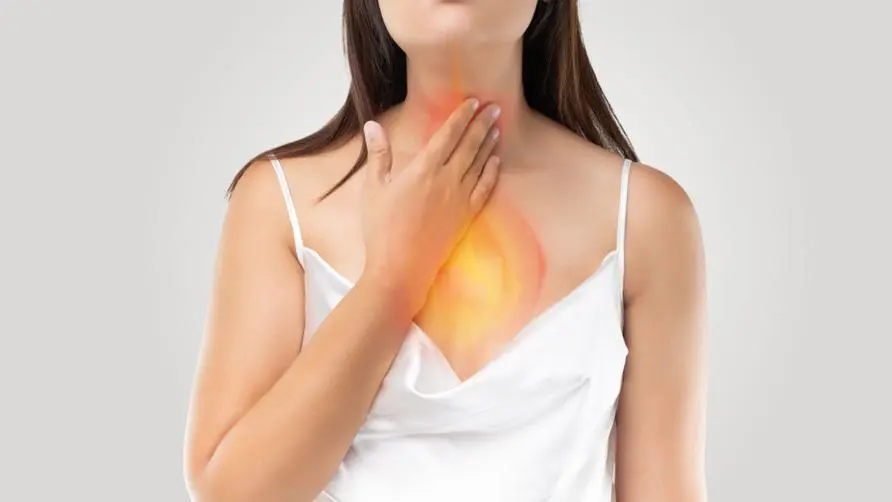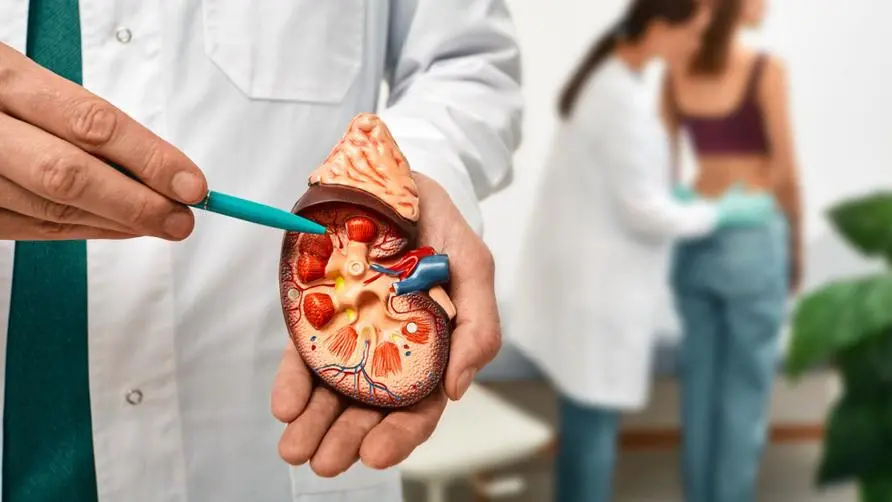How many cups of coffee can you drink a day? Genetic testing predicts risk of osteoporosis! 3 Keys to Medical Revealing and Preserving Bones

Taiwanese drink 2.8 billion cups of coffee a year. Does this increase the risk of osteoporosis due to its diuretic effect?
Taiwan drinks an average of 2.8 billion cups of coffee a year. However, due to the loss of electrolytes due to diuretic effects, aging, poor eating habits and other factors, many people may have quietly become a high-risk group for osteoporosis. A survey by the Taiwan Health Promotion Administration shows that 1 in 7 people in Taiwan has osteoporosis. Osteoporosis is no longer a problem for the elderly. It should not be ignored by young people or pregnant mothers.
In addition, after menopause, hormones in the body of menopausal women decrease, and the function of parathyroid hormone decreases, resulting in massive bone loss and reduced bone density, making bones more likely to become brittle and weak. The diuretic effect of caffeine causes water and minerals to be excreted from the body. Consuming more than 4 cups of coffee a day will aggravate bone loss. The Taiwan Health Promotion Administration recommends that menopausal women consume no more than 300 mg of caffeine per day, which is about 1-2 cups of medium-cup Americano.
The silent killer bone loss may be fatal. Eat more vitamin D and calcium foods.
There are no obvious symptoms in the early stages of osteoporosis, which is usually caused by the interaction of genetics, age, nutrition and other factors. Be careful, osteoporosis can cause fractures, pain, immobility, disability, and even fatal risks when it causes serious complications.
Dr. Chen Boxun, director of Baiyu Clinic, said that due to Taiwan’s aging population, the prevalence of osteoporosis has gradually increased in recent years, reaching 24.5% in 2030. Fractures derived from osteoporosis will inevitably increase the consumption of medical resources and care problems. Only if they can be prevented before reaching old age will it be helpful to prevent and treat osteoporosis and fractures.
According to the 2017-2020 National Nutrition and Health Survey, Taiwanese people have the most severe vitamin D deficiency in their blood, with the highest incidence among those aged 13-44. If you want to preserve your bones well, you must first consume more foods containing vitamin D and calcium before bone loss; secondly, develop regular exercise habits and appropriate sun exposure to maintain bone strength and muscle mass.
Genetic testing to understand metabolic status and comprehensively prevent disease risks
Dr. Chen Boxun said that to prevent the occurrence of osteoporosis, healthy adults should adopt a balanced diet and exercise regularly. They can also use genetic testing to understand their own osteoporosis risk, and then consult a professional team to adjust their lifestyle, which will provide the most substantial help to bone density. In addition to analyzing the risk of osteoporosis through genetic testing, the vitamin D metabolism status can also be understood in the individual nutritional intake section.
Dr. Chen Boxun pointed out that it is recommended to choose genetic testing that is approved and listed by the Taiwan Ministry of Health and Welfare LDTS (laboratory self-developed testing technology), and simultaneously understand influenza risks, health risks, vitamin needs, dietary sensitivities, pollutant sensitivities, sleep quality and Sports and health programs. Currently, there are genetic tests that can provide comprehensive and accurate analysis, with up to 80 test items, helping to provide precise health care and prevent fatal diseases more comprehensively. Detection risk items include:
Cardiovascular risk: According to statistics on the top 10 causes of death in Taiwan, heart disease ranks second. If high-risk groups for cardiovascular diseases such as stroke, hypertension, diabetes, and kidney disease are added in, more than 54,000 people die every year. lives, surpassing the number one killer, cancer.
Adult metabolic risks: Non-alcoholic fatty liver disease, type 2 diabetes and hyperuricemia, which are easily caused by metabolic problems, may also lead to liver cancer, kidney disease and cardiovascular disease.
Aging risks: Among adult aging problems, the most common osteoporosis problem is usually asymptomatic. It is not until a fracture occurs or the height becomes shorter or the hunchback is severe that you are alerted. Preventing the risk of osteoporosis can reduce the occurrence of bone spurs and fractures.
Eye health risks: There is currently no cure for age-related macular degeneration. Only by reducing the occurrence of high intraocular pressure and macular degeneration can we maintain long-term eye health.
Further reading:





